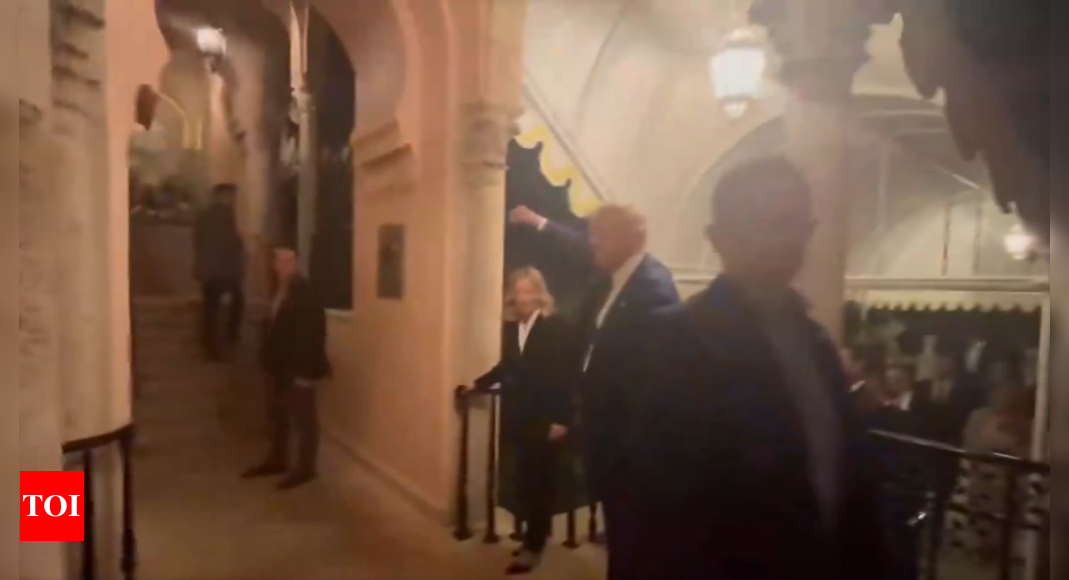In a rare and deadly attack on Iran’s judiciary, two prominent hardline judges, Mohammad Mogheiseh and Ali Razini, were fatally shot at the Palace of Justice in Tehran on Saturday. Both judges had been accused of involvement in the mass execution of dissidents in 1988, a grim chapter in Iran’s history.
No group immediately claimed responsibility for the attack, which also left a bodyguard injured. The shooter, armed with a handgun, reportedly took his own life after the killings, according to the state-run IRNA news agency.
High-profile targets
Both Mogheiseh and Razini served on Iran’s Supreme Court, making their deaths significant amid ongoing political and economic unrest in the country. Razini had survived a 1999 assassination attempt when attackers hurled an explosive at his vehicle. Mogheiseh, on the other hand, was under U.S. sanctions since 2019 for overseeing “countless unfair trials” and targeting journalists, internet users, and members of the Baha’i minority.
Both men were also named by activists and exiles as participants in the so-called “death commissions” of 1988. These tribunals, held after Iran’s war with Iraq, resulted in the execution of thousands of political prisoners and dissidents. Estimates of the death toll range from 5,000 to as many as 30,000, depending on the source.
The attack and investigation
The attack occurred at the Palace of Justice, which also serves as the headquarters of Iran’s judiciary and is known for its tight security. Initial investigations suggest the shooter was an “infiltrator” who had worked within the courthouse, according to judiciary spokesperson Asghar Jahangir.
Mizan, the judiciary’s news agency, reported that the assailant had no personal or legal case before the Supreme Court, leaving motives for the attack unclear.
Historical controversy
The 1988 executions remain a sensitive and controversial topic in Iran. Razini had previously defended the tribunals in a 2017 interview, describing them as “fair” and claiming they ensured the country’s security against opposition groups like the Mujahedeen-e-Khalq (MEK). Mogheiseh, however, never publicly addressed his alleged role.
The MEK, once armed and supported by Saddam Hussein during the Iran-Iraq war, declined to comment on the assassinations.
Broader implications
The killings come at a turbulent time for Iran, which faces severe economic challenges, regional instability, and renewed tensions with the United States as Donald Trump prepares to return to the White House.
While Iran’s judiciary investigates the attack, the deaths of Mogheiseh and Razini highlight the lingering scars of the 1988 executions and the risks faced by those connected to it decades later.




